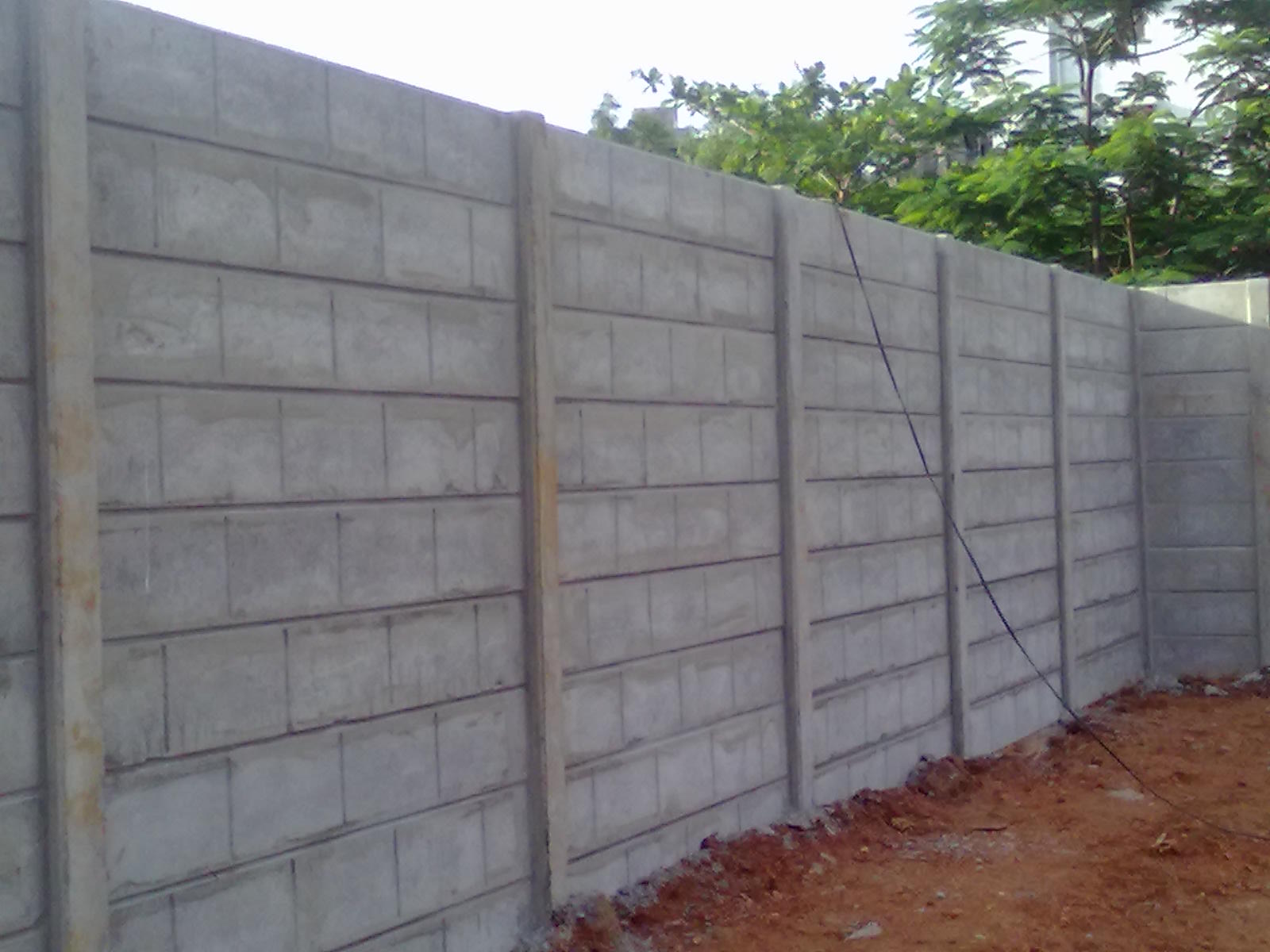
future of pre-cast walls and homes
Future of Pre-Cast
Walls and homes
Precast concrete
is fast becoming a predominant technique of constructing structures these days.
The advantages
of precast are many, such as faster construction, better quality, control of the environment of construction to name a few.
Structures that
we build vary depending on the function, the client and their requirements,
their tastes.
Precast concrete can keep up with changes and it meets performance and safety measures.
There is a demand for
increased energy efficiency.
We need to look
at processes that have lower embodied energy as well as inherently energy-efficient processes, to then build structures that are
efficient in energy management and utilization too.
Precast the technique of construction, is therefore gaining popularity.
It is energy
efficient and could be used to make structures that are energy efficient too.
There is
increased durability therefore the structure would last longer and wouldn’t
have to be demolished earlier, thus
resulting in an optimum materials cycle.
Using precast,
we can ensure that the structure we are building is resilient to extreme
natural events. This is becoming more and more important, as we stand to lose a lot with every disaster.
Thus, when we
see the bigger picture, we find that the precast technique of construction for
walls or homes would help the construction industry reach its goal of becoming
more sustainable.
This is not to
say that this is the only way but the contribution of precast cannot be ignored
either.
The ability to
construct faster, when using precast, enables the industry to meet the ever-growing demand for more structures.
It is an extremely good technique to build affordable housing and is equally well-suited
for mainstream housing also.
Also from a safety
point of view, precast is a better option as the probability of site accidents
reduces. Precast could be used to make walls, beams, staircases, columns, balconies, and so on.
It is said that
precast concrete has a smaller environmental footprint than other construction
techniques.
The high thermal
mass of precast concrete allows the homes to let go of the traditional HVAC
system and embrace innovative techniques of maintaining the indoor thermal environment.
One such example
is embedding precast panels with water coils.
It is said that
up to 40 % of the total energy and raw material consumption of a country is
because of construction.
Therefore, to
reduce CO2 emissions, it is important to explore alternative techniques.
It is the
responsibility of everyone to contribute meaningfully towards sustainability in
the wrong run.
Wherever the use
of recycled content is permissible, it should be encouraged.
Moreover, the
materials used to make precast are available locally.
The recycled
content in precast concrete makes it a green material.
The use of
precast would mean having a lighter structure, thus the required strength would
be gained from less cement.
It is quite
clear from the above-mentioned points that the future of precast walls and homes
is very bright.
In fact, in a way, it would be correct to insinuate that precast is fast becoming the future of construction.
for further information please click the links given below-
https://www.youtube.com/watch?v=_SpzWtNOhWI&t=116s
https://www.youtube.com/watch?v=fwPE1I9y2p4
The advantages of precast are many, such as: faster construction, better quality, controlled environment of construction to name a few.
Easy Nirman Construction was Never Easy Before Us

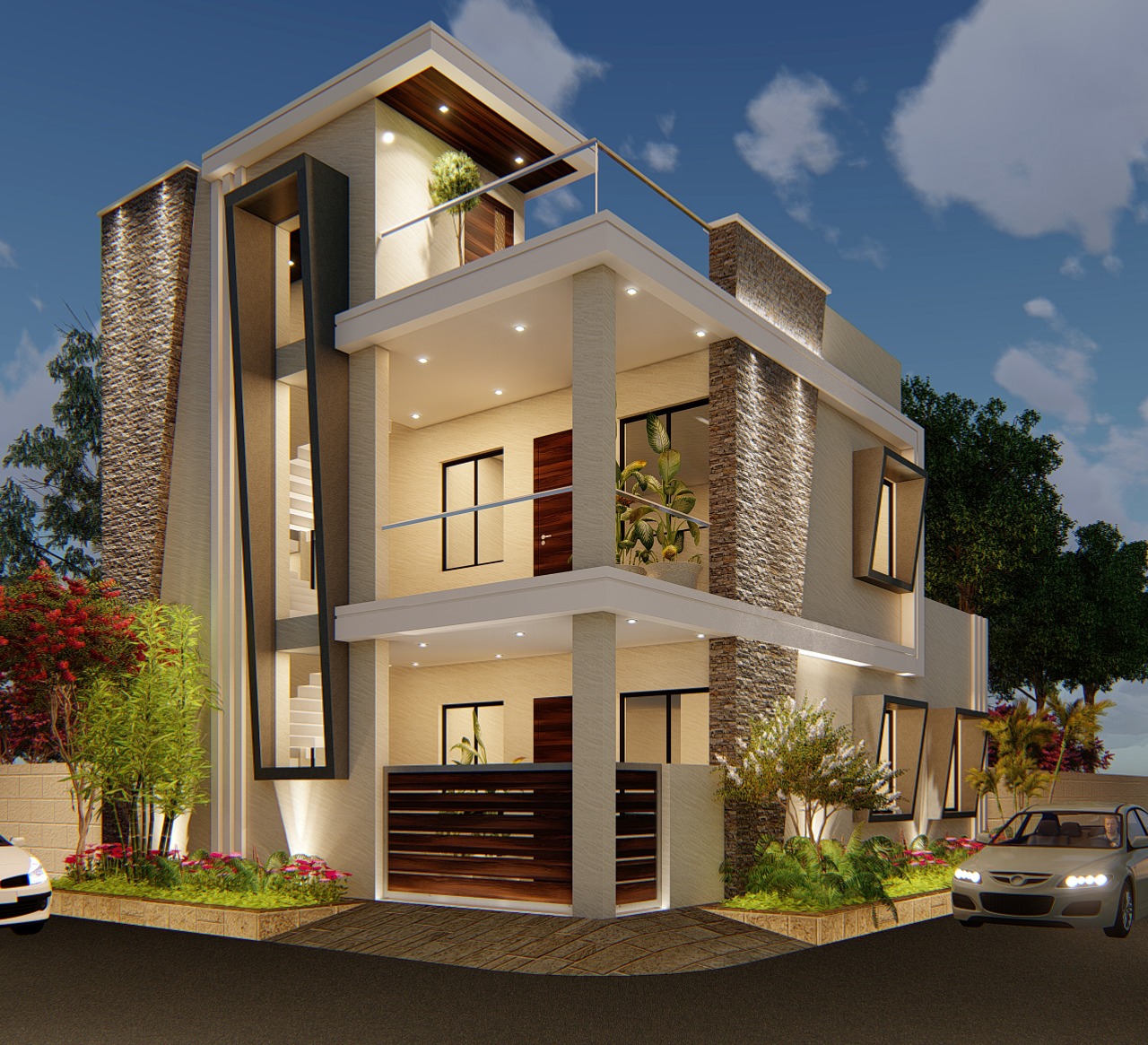


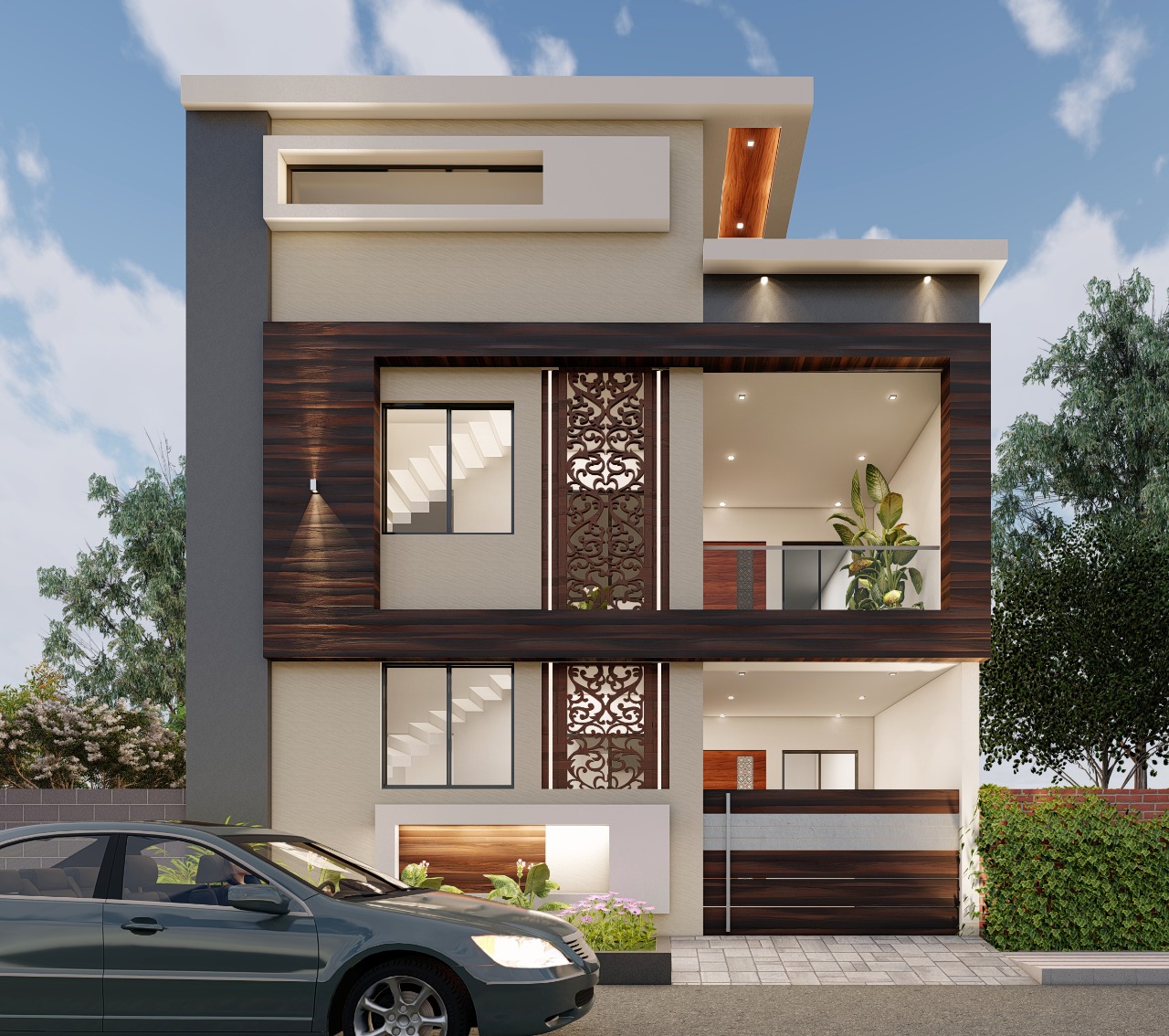
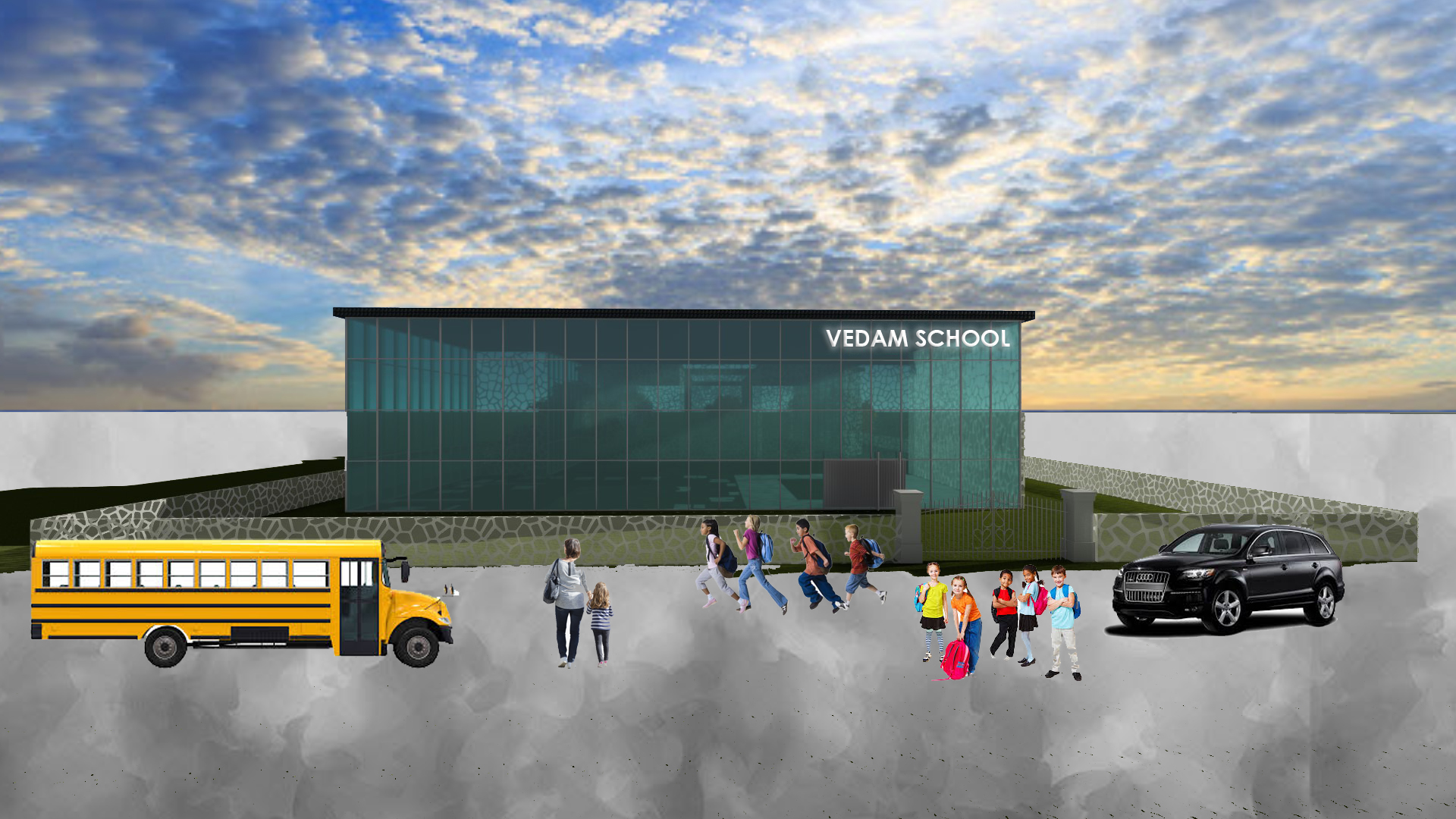
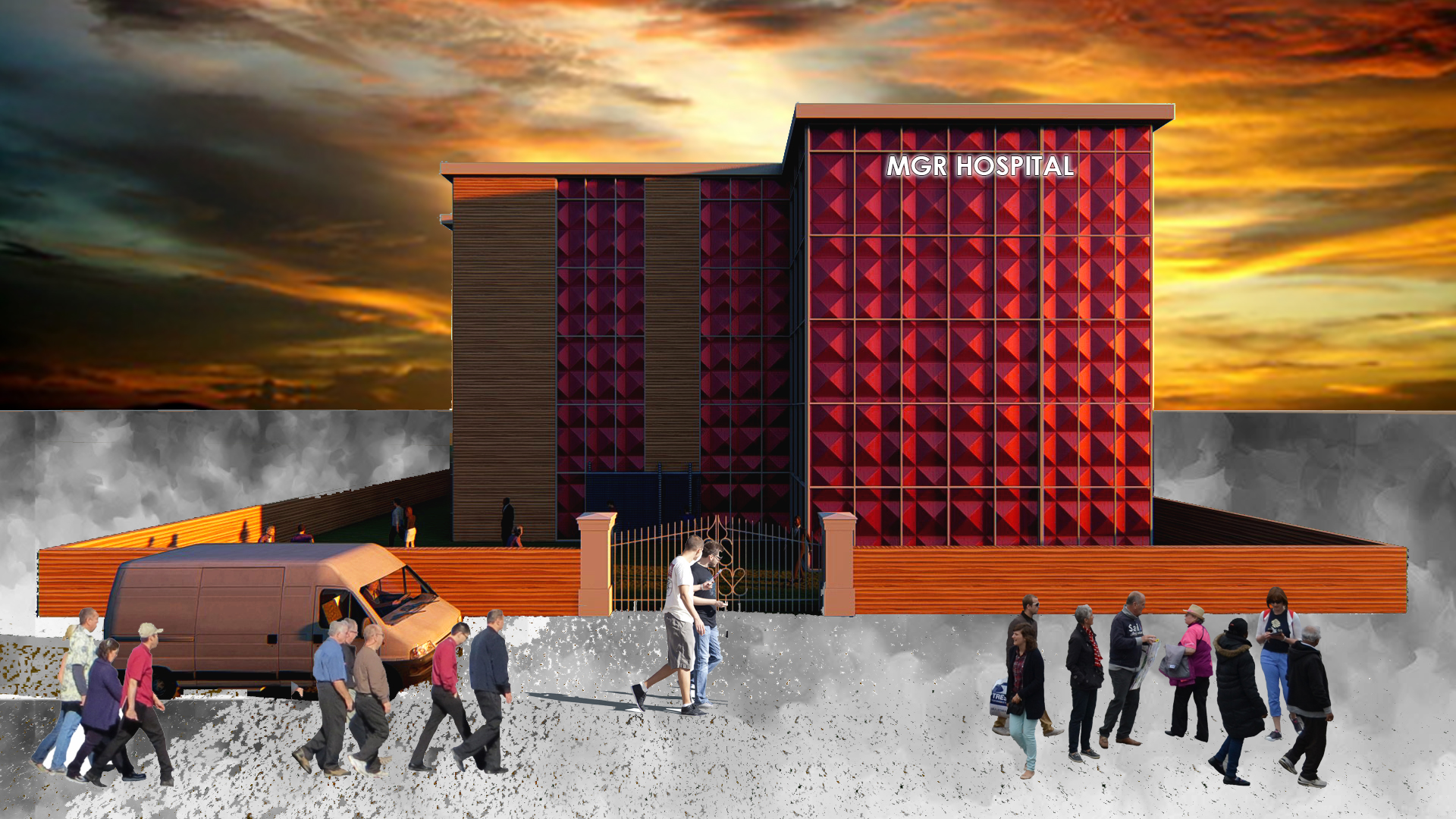
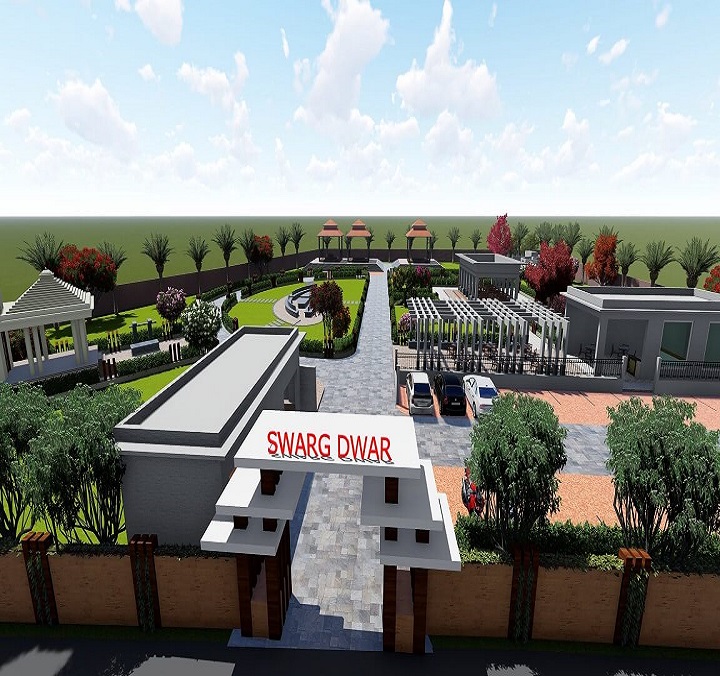

No Comments yet ...